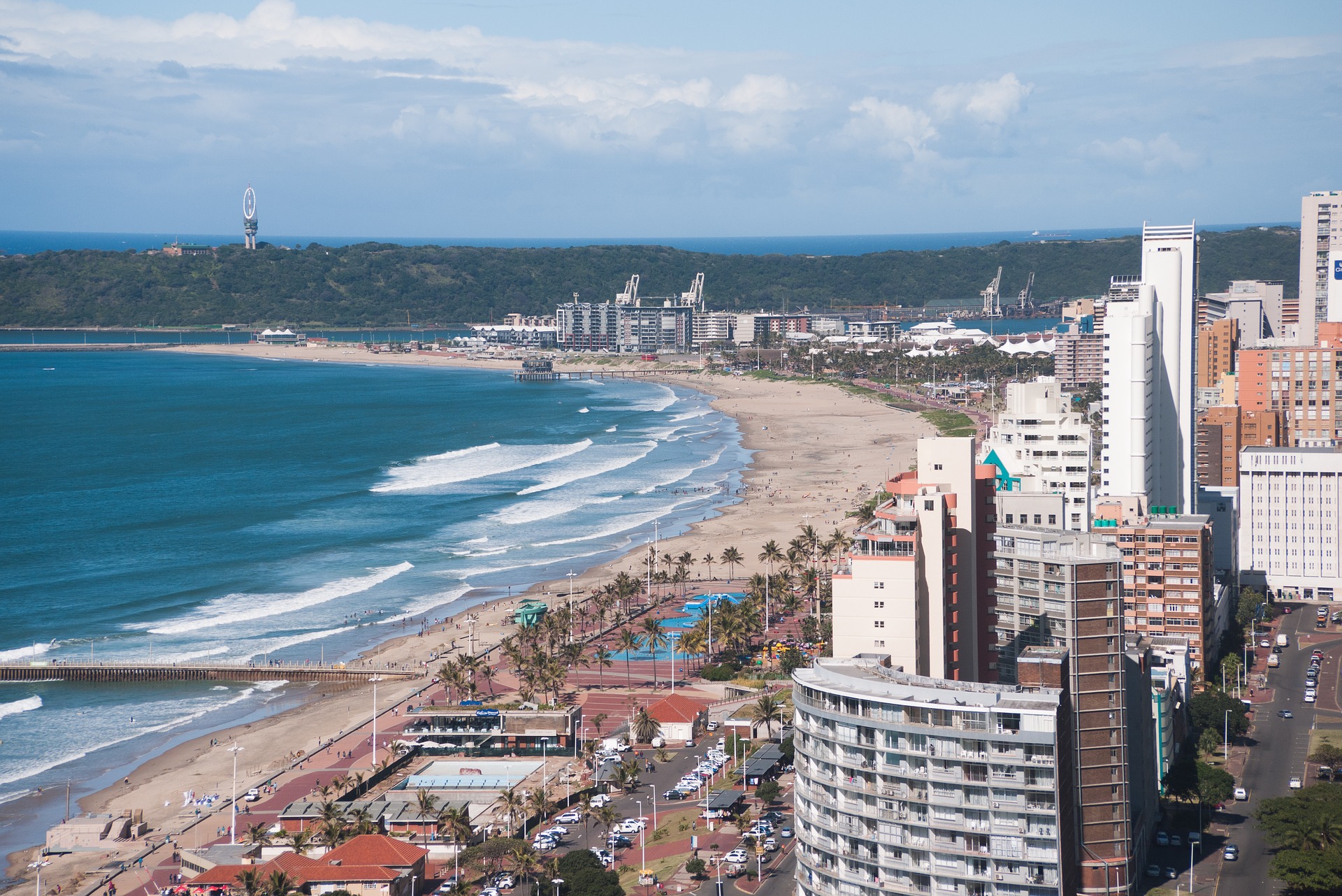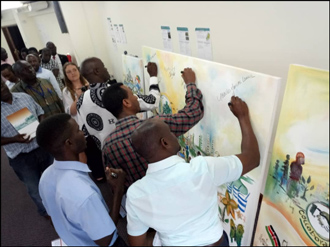18 July 2018
ICLEI Africa expands its work on sustainable urban natural asset management in Africa



The Urban Natural Assets for Africa (UNA) programme has expanded, via the addition of two more African countries to the UNA: Rivers for Life project, as well as the initiation of a new project entitled UNA: Coasts for Life, being implemented in Mozambique.
Africa is the world’s most rapidly urbanising continent, with some estimates predicting a 700% increase in urban land cover between 2000 and 2030(1). The infrastructural and service delivery demands of such rapid expansion are significant. These overlay existing challenges relating to governance, poverty and inequality(2), and place further strain on urban natural assets(3), many of which are provided by rivers and their associated ecosystems.
It is the poor that are most affected by the challenges described above, particularly because they often draw important livelihood benefits from rivers, including water to drink, wash and irrigate their crops. Well managed rivers have the ability to provide important ecosystem services such as flood attenuation. Unfortunately, these benefits are often compromised when urban African rivers become polluted due to the accumulation of solid and liquid waste in the system. There is thus an urgent need for targeted action that focuses on sustaining and improving urban natural asset provision in African cities, particularly those associated with urban rivers.
ICLEI Africa, through generous funding from SIDA through SwedBio at the Stockholm Resilience Centre, has the pleasure of delivering the Urban Natural Assets for Africa (UNA) programme, under which we implement the UNA: Rivers for Life project. UNA Rivers supports local governments in African cities with the management of their urban rivers for improved human well-being and climate resilience. It focuses on mainstreaming biodiversity and ecosystem services into land use planning and local government decision-making processes whilst also building local government capacity, and that of important actors within the city.

Due to the positive responses that have been received from the existing UNA Rivers cities—Addis Ababa (Ethiopia), Dar es Salaam (Tanzania) and Lilongwe (Malawi)—and interest shown at regional and international events where the programme has been showcased, UNA Rivers was up-scaled during 2017, and initiated in Kampala and Entebbe (Uganda), and Kisumu (Kenya).

“Building on previous UNA lessons and approaches, making use of ICLEI Africa’s existing networks, linking project activities to other major global initiatives, makes this extension both realistic and highly relevant,” says Ellika Hermansson Torok, Acting Director for SwedBio. “The priority perspectives of SwedBio and Sida are also integrated well. Gender perspectives and equity have been priorities within natural resource management programmes at Sida for quite some time, but lately also human rights have been more and more pronounced in this context.”
One of the many activities of the UNA Rivers project, is city-to-city learning. In June 2018, all of the UNA Rivers project cities and their national government counterparts — spanning five African countries — as well as six other African cities (part of the Lake Victoria Region Local Authorities and Counties Cooperation (LVLRAC) network, convened to discuss their successes and challenges in sustainably managing rivers, as well as to decide on a set of UNA Rivers principles that can be taken to additional African cities.
During this exchange, the Sustainable River-Based Urban Planning Guideline and the supporting document, the Sustainable River-Based Urban Planning Case Studies, were launched. The guideline document, aimed at planners and those working in the urban planning and environmental sectors in sub-Saharan African cities, presents a range of principles, strategies and tools to better design for rivers and riversides. The supporting document presents international best practice on urban river planning and management through case studies.

UNA: Coasts for Life has been initiated in two cities in Mozambique: Quelimane and Nacala. The project aims to: (a) improve knowledge and understanding of the key challenges and opportunities urban coastal zones experience, and examine the potential for natural assets to offset these challenges and maximize the opportunities, and (b) design a tailor-made coastal natural asset management plan for each city, through co-production and transdisciplinarity engagement with key local stakeholders.
(1) Secretariat of the Convention on Biological Diversity (2012) Cities and Biodiversity Outlook. Available here
(2) Bene et al. (2014). Exploring the Potential and Limits of the Resilience Agenda in Rapidly Urbanising Contexts. IDS Evidence Report 63.
(3) Spatially defined areas containing combinations of biotic and abiotic components that function together to generate ecosystem goods and services.

